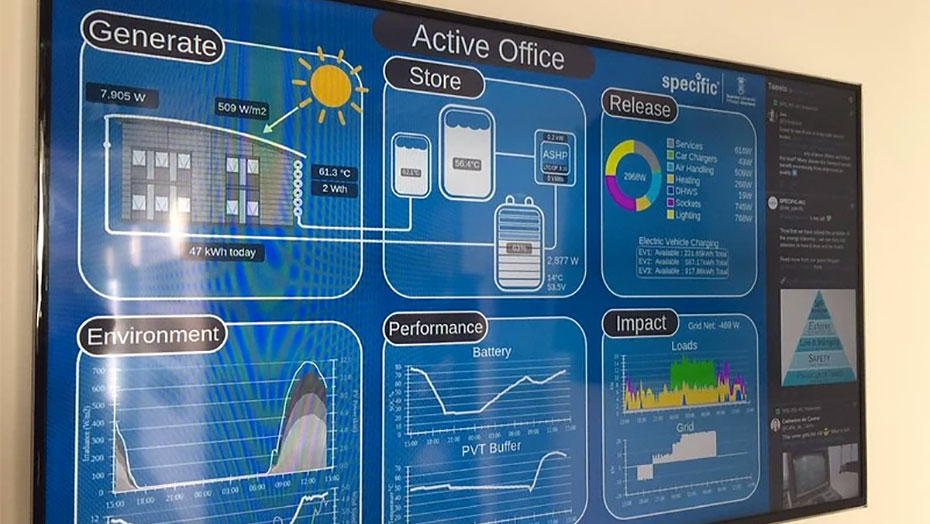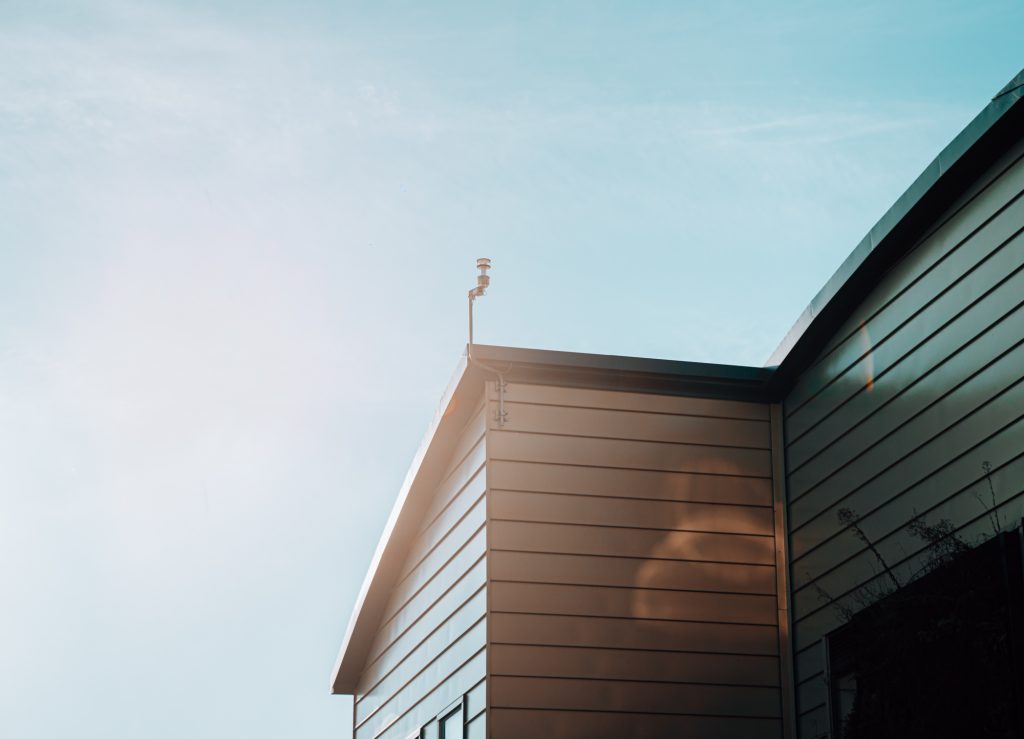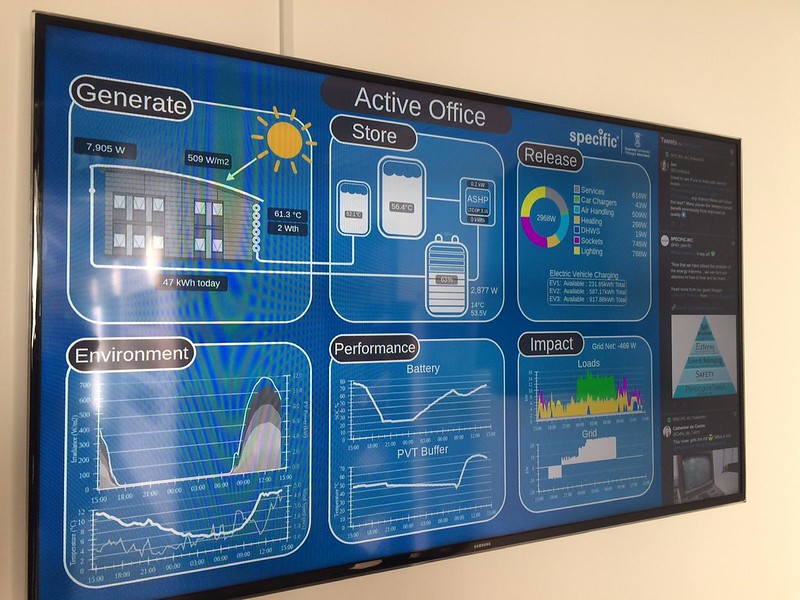In November 2020, we launched the first version of our Active Building Toolkit. The main purpose of the toolkit was to share our experiences of designing, delivering and operating Active Buildings; highlight the key design considerations for an Active Building; and showcase some of the available and emerging technologies that could be included in an Active Building project.
While developing the toolkit, we undertook some research with anticipated end users of the toolkit – mainly architectural designers – to determine what support they would need when embarking on an Active Building project and their preferred format for such guidance. This inevitably involved identifying key challenges they may encounter in introducing an innovative concept to a building project – key challenges such as fear of the unknown, perceived risk, lack of data, knowledge, time, costs, etc.
The toolkit was designed to address some of these challenges, for example, by providing evidence from our own Active Building demonstrators. We could also save time for consultants by providing information on technologies, key design considerations and key learning points.
While the focus groups held with the end users were hugely beneficial in developing this first draft, the real test comes from attempting to use the guidance on a live project.
The Toolkit in Action
Active Building RIBA Plan of Work Checklists
As part of the toolkit, we have started developing Active Building Checklists to track the main design considerations and key decisions taken at each of the RIBA Work Stages, as an Active Building project progresses – the idea being that this will ensure the Active Building principles are properly considered throughout the project, in turn guaranteeing that the completed project is an Active Building. However, the only way to truly test this document is to trial it on a live project, working with the project team to ensure the checklists are achievable and align with other project requirements.
In January 2021, we became involved in a commercial building project, which the client has stipulated must be an Active Building, providing us with an ideal opportunity to trial the toolkit. We started working with the design team, who agreed that the Active Building RIBA Plan of Work Checklists would be of real benefit to the project. The checklist will enable all parties to work together to capture critical design decisions relating to the Active Building brief at each RIBA Work Stage, and to present this to the client as the project progresses, demonstrating their efforts to achieve Active Building status.
As well as tracking progress, these checklists will also be useful when making decisions that may affect the project budget; and can be used to gain client sign-off at the different stages.
We are excited to be working with the architects to evolve this set of checklists further, which will then be included in our toolkit for use on other commercial building projects. We will update you on this project as it progresses.
Active Building Monitoring Specifications
The Active Building Design Guide provides some information on data monitoring expectations for an Active Building. However, we are now starting to develop monitoring specifications bespoke to different building typologies. The first will be for a commercial building, again using the above project as a case study, before we are able to publish. Watch this space for more on this.
Energy Dashboard Specification
Our Energy Dashboards have proved extremely popular with visitors to our Active Buildings. They quickly demonstrate how much energy we are generating and consuming at any time of the day and relate our generation and consumption data to current environmental conditions. Data from our vast database is illustrated in a series of clear diagrams, easily understood by visitors and building occupants of all ages and from all backgrounds.
Although we are by no means experts in this, we feel our recipe for energy dashboards should be shared with others, so that they might create their own dashboards. As we move forward to decarbonise our buildings and embrace a more flexible relationship between buildings and the energy grids, we all need a certain amount of energy literacy. Energy dashboards provide an ideal way to start the process of engaging with our energy consumption patterns in a more considered way than we have been used to in the past.
Get in touch…
If you are interested in trialling any of our documents on your own projects, of any building type, please get in touch, info_specific@swansea.ac.uk. Additionally, if you have suggestions for guidance documents you would find useful if embarking on an Active Building project, ideas are always welcome.


